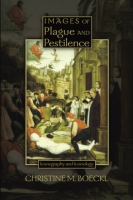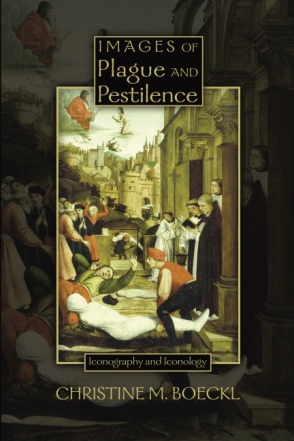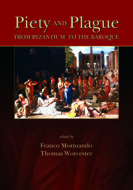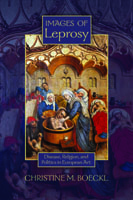Since the late fourteenth century, European artists created an extensive body of images, in paintings, prints, drawings, sculptures, and other media, about the horrors of disease and death, as well as hope and salvation. This interdisciplinary study on disease in metaphysical context is the first general overview of plague art written from an art-historical standpoint. The book selects masterpieces created by Raphael, Titian, Tintoretto, Rubens, Van Dyck, and Poussin, and includes minor works dating from the fourteenth to twentieth centuries. It highlights the most important innovative artistic works that originated during the Renaissance and the Catholic Reformation. This study of the changing iconographic patterns and their iconological interpretations opens a window to the past.
Christine M. Boeckl was born in Vienna, Austria, and studied art history and classical archaeology at the University of Vienna. She emigrated to the U.S. and received her PhD in the history of art from the University of Maryland. She is a professor emerita at the University of Nebraska at Kearney.
Illustrations
Introduction
Medical Aspects of Bubonic Plague and Yersinia pestis Infections
Literary Sources of Plague Iconography
Visual Sources of Plague Iconography
The Black Death and Its Immediate Aftermath (1347–1500)
The Sixteenth-Century Renaissance (1500–1600)
The Tridentine World: Plague Paintings as Implementations of Catholic Reforms
Revival of Plague Themes and Modern Reverberations
Plague Imagery, Past and Future
Appendix: Plague Texts That Influenced Visual Art
Notes
Bibliography
Index
Scripture References






